
Yau Ma Tei is an area in the Yau Tsim Mong District in the south of the Kowloon Peninsula in Hong Kong.
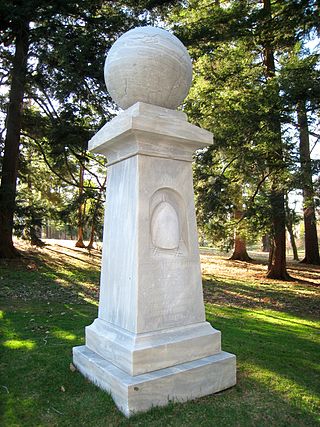
The American Board of Commissioners for Foreign Missions (ABCFM) was among the first American Christian missionary organizations. It was created in 1810 by recent graduates of Williams College. In the 19th century it was the largest and most important of American missionary organizations and consisted of participants from Protestant Reformed traditions such as Presbyterians, Congregationalists, and German Reformed churches.
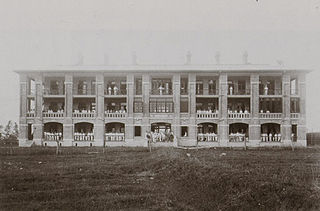
Lingnan University was a private university from 1888 to 1952 in Guangzhou, Guangdong, China. It was established by a group of American missionaries in 1888 as the Canton Christian College (格致書院).

Kwong Wah Hospital is a 1,141-bed Charitable hospital in Yau Ma Tei, Hong Kong. Located on 25 Waterloo Road, Kwong Wah Hospital is the main district general hospital was founded by the Tung Wah Group in 1911, and managed by the Hospital Authority since 1991. It provides a full range of medical services to the population of West Kowloon and Wong Tai Sin. It is Kowloon Central Cluster's major acute teaching hospital, and also a Neurosurgical and Antenatal Diagnosis referral centre. The Hospital has established various clinical centers, including Lai Kwok Wing Urology Centre, Minimally Invasive Surgery Training Centre and Chan Feng Men Ling Cardiac Centre. There are integrated Breast Centre and Dr Stephen Chow Chun-kay Assisted Reproduction Centre. It has established a Community Based Geriatric Service, Respiratory Care Unit, Acute Stroke Unit, TWGHs BOCHK Diabetes Centre, Wong Wha San Renal Memorial Centre, and a Nuclear Medicine site. Kwong Wah Hospital is also a pioneer in Integrative Chinese and Western Medicine. TWGHs has established TWGHs Wilson T S Wang Integrated Chinese and Western Medicine Treatment Centre in Kwong Wah. The hospital has participated through joint consultation for designated diseases under protocols which developed by both Chinese Medicine and Western Medicine practitioners.

Griffith John was a Welsh Christian missionary and translator in China. A member of the Congregational church, he was a pioneer evangelist with the London Missionary Society (LMS), a writer and a translator of the Holy Bible into the Chinese language.
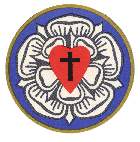
The Lutheran Church of China was a Lutheran church body in China from 1920 to 1951. It was established as a result of the consultations between the various Lutheran missionary bodies in China that was initiated during the China Centenary Missionary Conference held in Shanghai in 1907. The church survived as an organised body after the Chinese Communist Revolution but was absorbed into the state-backed Three-Self Patriotic Movement.
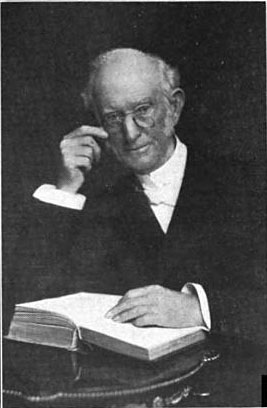
Robert Samuel Maclay, D.D. was an American missionary who made pioneer contributions to the Methodist Episcopal missions in China, Japan and Korea. He served as the first president of Aoyama Gakuin University.
Medical missions in China by Catholic and Protestant physicians and surgeons of the 19th and early 20th centuries laid many foundations for modern medicine in China. Western medical missionaries established the first modern clinics and hospitals, provided the first training for nurses, and opened the first medical schools in China. Work was also done in opposition to the abuse of opium. Medical treatment and care came to many Chinese who were addicted, and eventually public and official opinion was influenced in favor of bringing an end to the destructive trade. By 1901, China was the most popular destination for medical missionaries. The 150 foreign physicians operated 128 hospitals and 245 dispensaries, treating 1.7 million patients. In 1894, male medical missionaries comprised 14 percent of all missionaries; women doctors were four percent. Modern medical education in China started in the early 20th century at hospitals run by international missionaries.

Charles Hartwell was an American Board missionary to Fuzhou, China in the second half of the 19th century.
The Peniel Missionary Society was an interdenominational holiness missionary organisation that was started in Los Angeles, California in 1895 by Theodore Pollock Ferguson (1853–1920) and Manie Payne Ferguson (1850–1932) as an outgrowth of their Peniel Mission. It was merged with the World Gospel Mission in 1957.
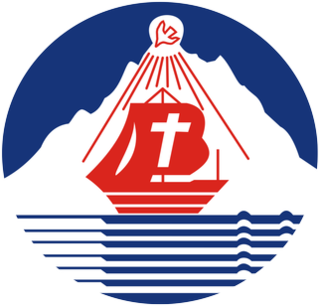
The Basel Christian Church of Malaysia or BCCM, formerly known as Borneo Basel Self Established Church, is one of the four Lutheran bodies in Malaysia. In 2009 BCCM had 112 congregations nationwide and 63,000 baptised members. In 2023, BCCM had 64,500 members.
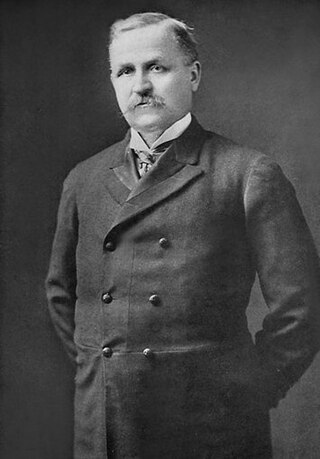
William Scott Ament was a missionary to China for the American Board of Commissioners for Foreign Missions (ABCFM) from 1877, and was known as the "Father of Christian Endeavor in China." Ament became prominent as a result of his activism during the Boxer Uprising and controversial in its aftermath because of the personal attacks on him by American writer Mark Twain for his collection of punitive indemnities from northern Chinese villages.

The Twain–Ament indemnities controversy was a major cause célèbre in the United States of America in 1901 as a consequence of the published reactions of American humorist Mark Twain to reports of Rev. William Scott Ament and other missionaries collecting indemnities from Chinese people in the aftermath of the Boxer Uprising.

The Taiwan Lutheran Church is one of the six Lutheran bodies in Taiwan. It currently has 80 mission sites nationwide with a total of 11,422 baptized members.
Lewis Hodous was an American Board missionary to China, educator, Sinologist and Buddhologist.

Luther Halsey Gulick Sr. was a missionary to the Hawaiian Kingdom, and several other places. Although educated in medicine, in later life he became a newspaper editor while several of his children became active in public health.
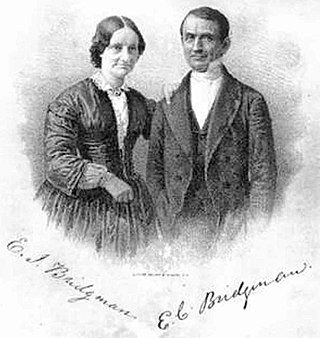
Eliza Jane Gillett Bridgman (1805–1871) was a pioneer educational missionary in China. She was born in Derby, Connecticut, to Canfield and Hannah Gilett. Graduating at age sixteen, she became an assistant teacher at the boarding school from which she graduated. She continued her career in education and was appointed principal at another boarding school at age twenty-two.

Mary West Niles was an American physician and missionary. Niles was the first woman missionary physician at the Canton Hospital and opened a school for the blind in China. Niles learned the Cantonese language so she could translate the English Braille system into Cantonese.

The Church Missionary Society in China was a branch organisation established by the Church Missionary Society (CMS), which was founded in Britain in 1799 under the name the Society for Missions to Africa and the East; as a mission society working with the Anglican Communion, Protestant, and Orthodox Christians around the world. In 1812, the organization was renamed the Church Missionary Society. The missions were financed by the CMS with the local organisation of a mission usually being under the oversight of the Bishop of the Anglican diocese in which the CMS mission operated.

















